Research facilities
Laboratory for Artefact Studies
- Application
- Commercial enterprises who want to make use of the expertise and facilities are referred to LAB , the commercial unit responsible for specialized laboratory work.
- Availability
- The laboratory is available to students and researchers from across the world who would like to consult the experimental reference collections.
- Location
-
Van Steenis
Einsteinweg 2
2333 CC Leiden
- Contact
- Annelou van Gijn
Object biographies
The primary research objective of the Laboratory is the study of object biographies. Facilities are thus aimed at studying the various stages of such biographies: from raw material selection, to object manufacture to object use and abandonment.
For provenience studies the laboratory has an extensive geological reference collection of flint and other stone types and can make use of a portable XRF.
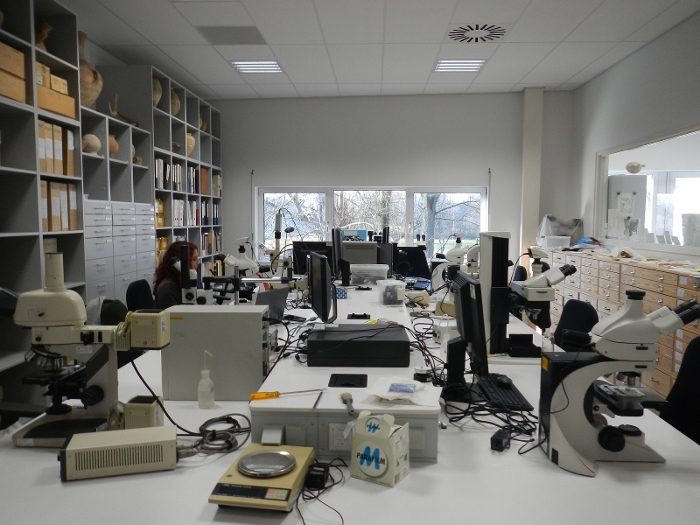
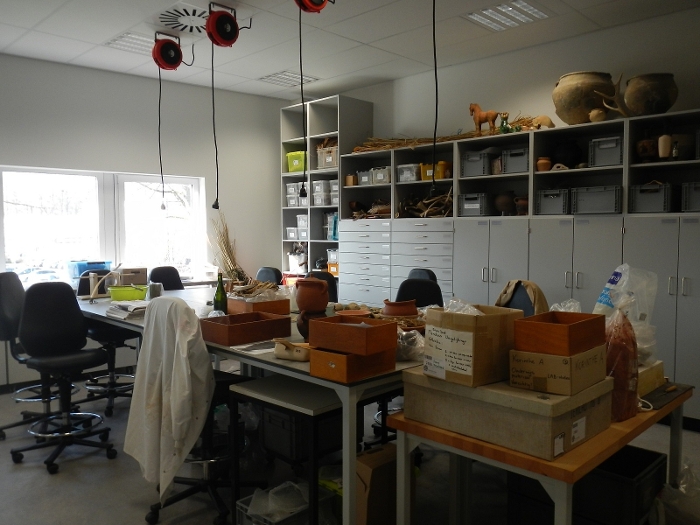
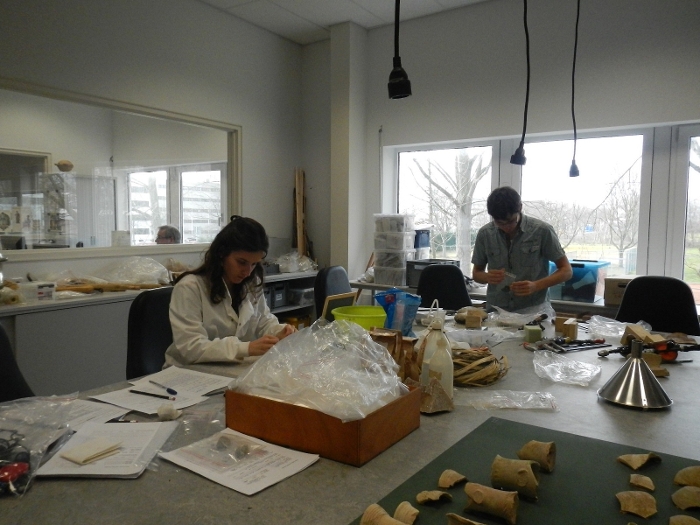
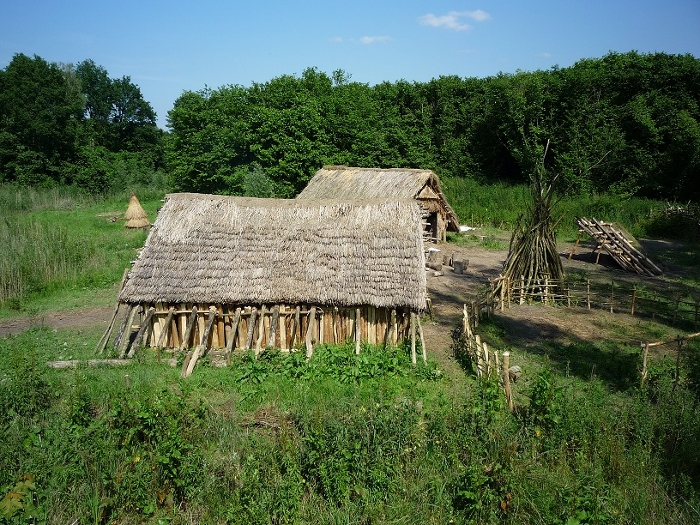
Microwear analysis
A key expertise is microwear and residue analysis of artefacts made of knapped and ground stone, bone, antler, shell, coral and pottery.The lab thus has one of the largest collections of experimentally used tools in the world. Over 3000 implements and objects, made on a variety of raw materials and used for a range of activities shed light on the interconnectivity of different tools and tasks.
Microscopic study makes it possible to detect traces of use and treatment like edge damage, striations and polish, features which vary in appearance according to the material the object comes into contact with.
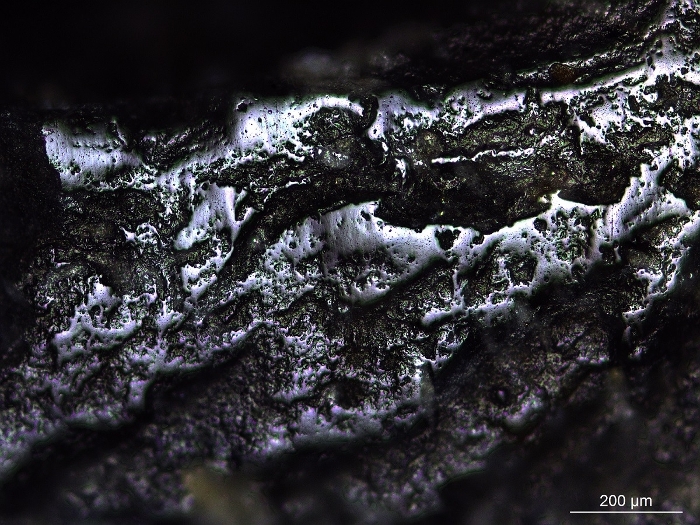
Residue study
For residue analysis the laboratory has phytolith extractions of processed modern plants from both temperate and tropical areas, as well as a small reference collection of modern starch grains.
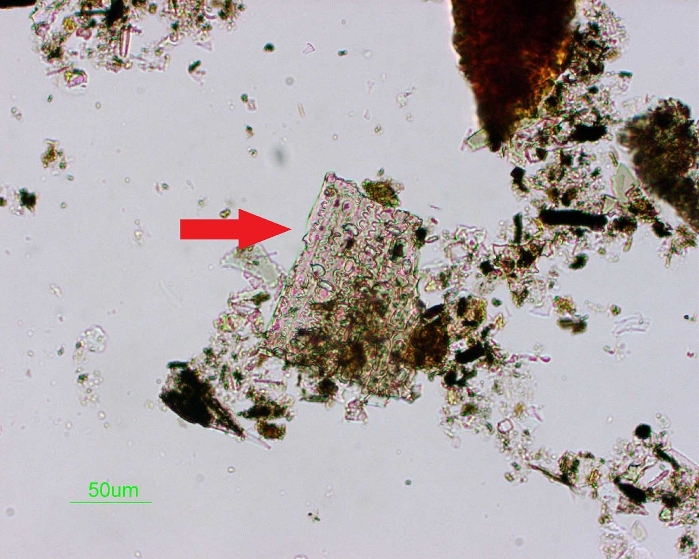
The laboratory has all the equipment and facilities necessary to conduct microwear and residue analysis: incident light microscopy (including two with a free arm, suitable for studying large objects like querns and stone axes), transmitted light microscopes, several types of stereomicroscopes and cameras.
Pigments and plaster/mortars studies
Pigments have been part of human life from the Middle Palaeolithic Period onwards and both pigments and dyes are carried by just about any media we can think of in the material world: stone, glass, plaster/mortars, ceramics, textiles, leather, plant fibres, just to name a few. The expertise of identifying these materials is present at the faculty of Archaeology, Leiden, and can lead to topics for practical work and supervision within and well beyond Material Culture Studies.
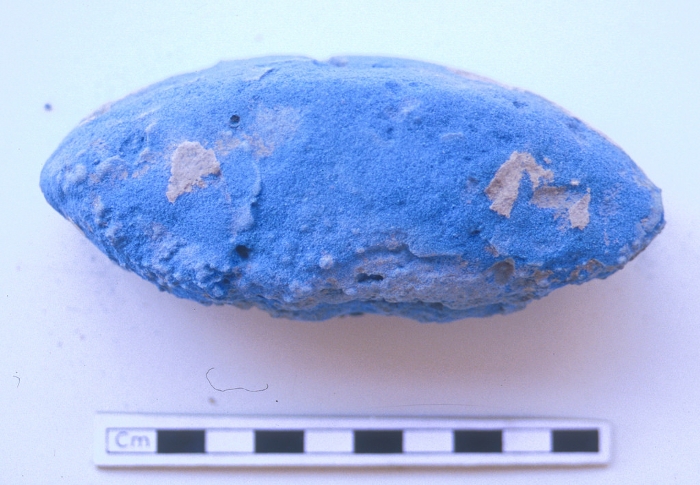
Furthermore, plaster/mortars were the oldest pyrotechnological man-made materials and date back to times before pottery and certainly vitreous and metallurgical technologies were known and developed in the ancient world. Also these are omnipresent in human contexts and can be studied at our facilities.
The laboratory equipment and facilities necessary to conduct the identification of these materials consists of incident light microscopy (including two with a free arm, suitable for studying large objects or features carrying pigments or plaster traces), transmitted light microscopes, several types of stereomicroscopes and cameras.
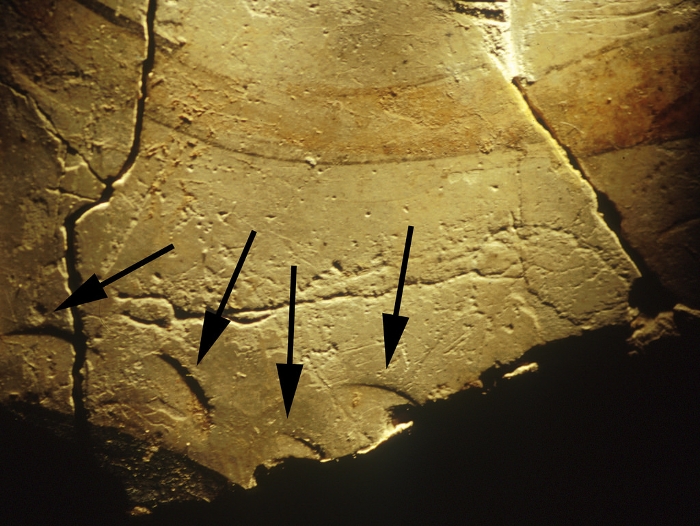
Research on these materials also crosses over in the work carried out at the Laboratory for Ceramic Studies because experimental work on pigment production and plaster making can be conducted at the faculty too. The facilities to conduct experimental work on ceramic materials can be employed for pigments and plaster studies as well, including the portable XRF for qualitative and semi-quantitative analyses of such materials.
